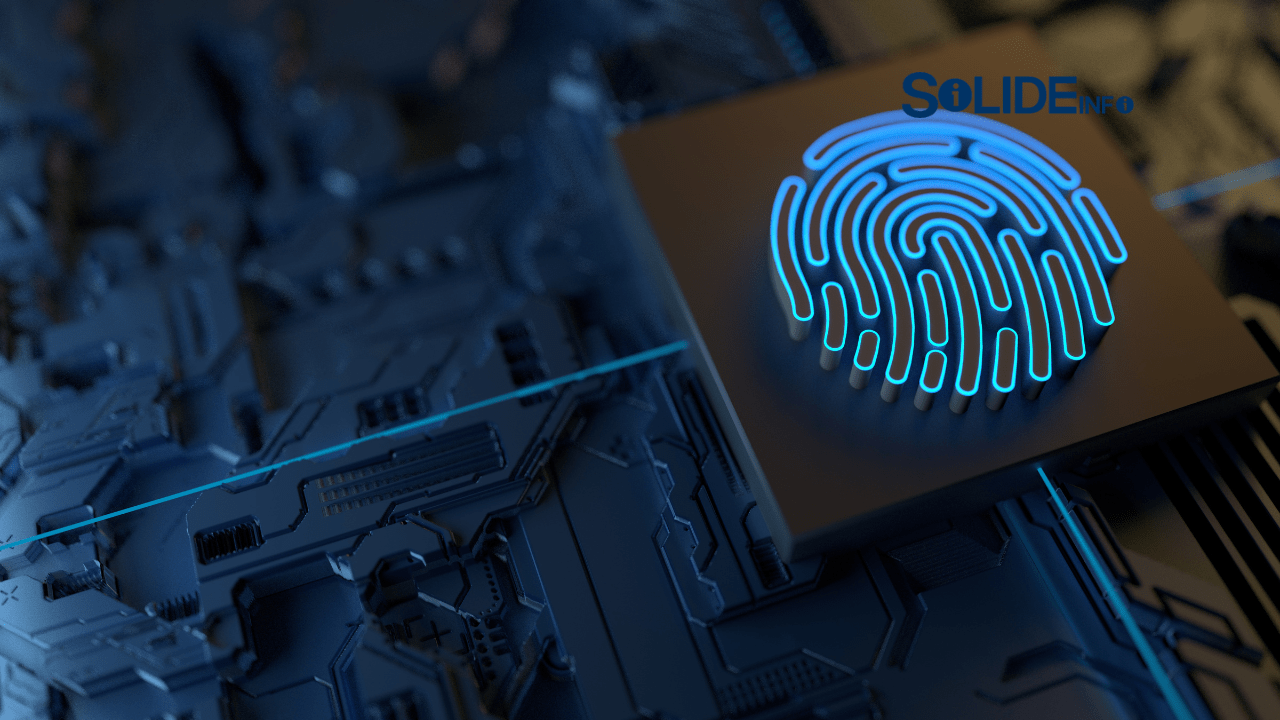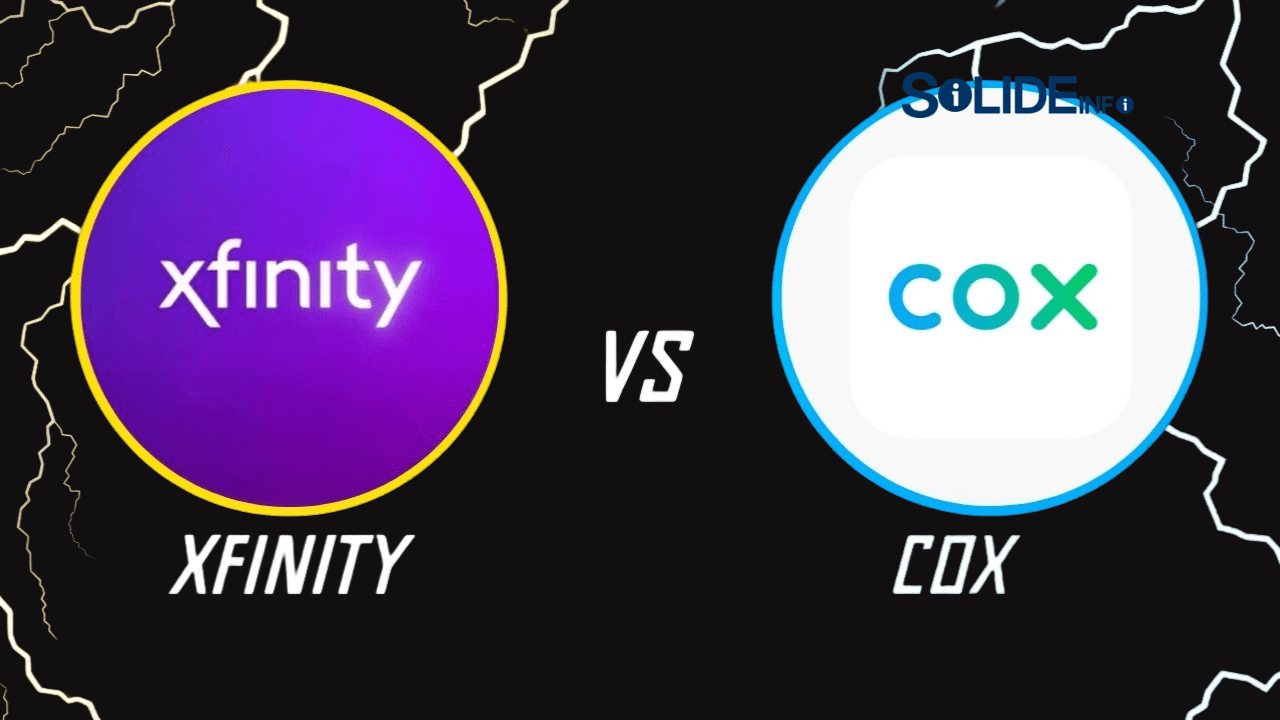Beyond the Breach: An Introduction to Digital Forensics & Cybercrime Investigation

Ever wondered what happens after a major data breach or a cyberattack? It’s not just about patching the hole and moving on. Just like detectives at a crime scene, a whole new team of specialists moves in to figure out what happened. This is the fascinating world of Digital Forensics, and it’s a lot like being a cyber detective. Instead of fingerprints and DNA, they’re looking for digital breadcrumbs: deleted files, email logs, and network traffic. It’s the process of using scientific methods to collect, analyze, and preserve evidence from digital devices in a way that is legally admissible in a court of law. This article will take you on a deep dive into this crucial field, explaining the ins and outs of computer forensics, cyber forensics, and the specific challenges of network forensics. We’ll explore how these experts piece together the puzzle of a cybercrime, giving us the insights needed to solve cases and bring criminals to justice. If you’ve ever been curious about how the digital world can be used to catch bad guys, then this is the place to start.
What is Digital Forensics? The Art of Cyber-Sleuthing
“I always thought when you deleted something, it was just gone. Then I saw a show where they undeleted a whole hard drive. Blew my mind.” — A user on Reddit discussing how data isn’t really ever “gone.”
That user is onto something important. In the world of Digital Forensics, “deleted” doesn’t mean “gone.” It usually just means the space the file was in is marked as available to be overwritten. Until new data is saved there, the old data can often be recovered. This is the fundamental principle that makes this entire field possible. Digital Forensics is the scientific process of examining digital devices and networks to find and analyze data that could be used as evidence in a legal proceeding. It’s a key part of any modern cybercrime investigation, whether it’s for a company trying to figure out how they got breached or for law enforcement trying to solve a crime. The goal is to answer critical questions like:
- What happened?
- How did it happen?
- Who was responsible?
- What data was affected?
Without this detailed analysis, it would be impossible to bring cybercriminals to justice or even understand the full scope of a cyberattack. The field is constantly evolving as new technologies and new types of crime emerge. From a simple phishing scam to a complex nation-state attack, the foundational principles of digital forensics remain the same: preserve the evidence, analyze it meticulously, and report the findings accurately.
The Phases of a Digital Forensics Investigation
A typical digital forensics investigation follows a structured process to ensure that the evidence is handled properly and remains legally admissible. The main phases include:
- Collection and Identification: The first step is to identify all the potential sources of digital evidence, such as hard drives, smartphones, cloud accounts, and network logs. Then, the evidence is collected in a way that doesn’t alter or contaminate the original data. This often involves creating an exact, bit-by-bit copy of the device’s storage.
- Preservation: Once the evidence is collected, it must be preserved and protected. A crucial part of this is establishing a “chain of custody,” a detailed record of who has handled the evidence and when, to prove that it has not been tampered with.
- Analysis: This is where the real detective work begins. Forensic tools are used to examine the collected data for clues. This can involve recovering deleted files, analyzing network traffic, or examining email headers. The goal is to piece together a timeline of events and find evidence that supports the case.
- Documentation and Reporting: The final step is to document everything that was found and write a report explaining the findings in a clear, easy-to-understand way. This report is often used in court and must be able to stand up to legal scrutiny.
Following these steps is crucial for any successful digital forensics investigation.
Computer Forensics: Unlocking the Secrets of a Device
Computer forensics is the oldest and most well-known sub-field of digital forensics. It focuses specifically on the analysis of digital media like hard drives, solid-state drives, and other storage devices. When someone says they’re doing forensics on a laptop, they’re most likely talking about computer forensics. The goal is to recover and analyze data to find evidence of a crime or unauthorized activity. This can involve recovering deleted files, examining the Windows Registry, and analyzing a user’s browsing history to understand what they were doing on the computer. For instance, in a fraud case, a computer forensics expert might find evidence of a user creating fake documents even after the files have been “deleted” from the system. This type of work requires a deep understanding of how operating systems store and manage data.
Key Techniques in Computer Forensics
Experts in computer forensics use a variety of specialized tools and techniques to do their job:
- File Carving: This is the process of recovering files from a storage device even if their file system entry has been deleted. It’s like finding a needle in a haystack, but the needles are digital files and the haystack is a hard drive.
- Registry Analysis: The Windows Registry is a database that stores a massive amount of information about a computer’s configuration, including user activity, recently opened files, and more. Analyzing the Registry can provide a wealth of information about what a user was doing on the system.
- Timestamp Analysis: Every file on a computer has a timestamp that records when it was created, modified, and accessed. By analyzing these timestamps, forensic experts can create a timeline of events to understand the sequence of actions that occurred on a device.
These techniques, and others, give computer forensics experts the ability to reconstruct events that happened on a device, often long after the fact. This is an essential skill in a world where so much of our lives and work happens on computers.
Network Forensics: Tracing the Digital Footprints
While computer forensics looks at individual devices, network forensics is all about the traffic that flows between them. It’s the process of monitoring and analyzing network traffic to collect evidence related to a cyberattack or a security incident. When an attack happens, it leaves behind a trail of digital footprints in the form of network packets, logs, and other data. A network forensics investigation is like sifting through all of this data to find the specific packets that are related to the incident. For example, if a hacker breached a company’s network, network forensics could be used to find out what servers they accessed, what data they stole, and how they got in. It helps to answer the “how” and “where” of an attack, which is crucial for building a complete picture of the incident. It’s a key part of any modern cyber forensics effort, and it’s especially important for businesses that have a lot of network traffic to monitor. To learn more about how companies protect themselves, you can check out our articles on cybersecurity fundamentals.
The Challenge of Network Forensics
The biggest challenge in network forensics is the sheer volume of data. A single company’s network can generate terabytes of data every single day. Sifting through all of that to find a single malicious packet is an incredibly difficult task. That’s why many organizations use tools like a Security Information and Event Management (SIEM) system to collect and analyze network data in real-time. This helps them to find threats as they happen and gives them a good starting point for any forensic investigation. Without a solid network forensics plan, it would be nearly impossible to trace the steps of an attacker after a breach. This is why having the right tools for threat detection & management is so important.
The Broader Field of Cyber Forensics
The term cyber forensics is often used interchangeably with digital forensics, but it can also be seen as a broader term that encompasses all of the different sub-fields. It’s the umbrella that covers computer forensics, network forensics, and others like mobile forensics (for smartphones and tablets) and cloud forensics. As more of our lives and data move online, the field of cyber forensics is becoming more and more important. Experts in this field need to be proficient in a wide range of technologies, from how a smartphone stores data to how a blockchain transaction works. For instance, in a case involving cryptocurrency fraud, a cyber forensics expert might need to analyze the transactions on the blockchain to trace the flow of funds. This requires a different set of skills than analyzing a hard drive, but the underlying principles are the same. It’s about following the digital trail, no matter where it leads. The importance of these skills grows as technology changes. For example, if you’re interested in how data is stored and used in new ways, you might want to read our articles on Web3 and its technologies.
Why Forensics Matters for Everyone
You don’t have to be a cybersecurity expert to appreciate the importance of forensics. Whether you’re a business owner or an individual, understanding what this field is about can help you make better decisions about your own digital security. For example, knowing that deleted files can be recovered might make you think twice before simply “deleting” sensitive information. It might make you realize that a full data wipe is a better option. For a business, a post-incident forensics investigation can provide valuable insights that help them to prevent future attacks. It’s the ultimate feedback loop for a security team. Without it, they’re just guessing at what went wrong. The knowledge gained from a forensics report can be used to improve firewalls, update security policies, and train employees. It’s a crucial part of a comprehensive security strategy that goes beyond just prevention. A strong digital defense is a great investment for any individual or company. If you’re interested in learning more about how to manage your financial security, you can check out our guide on budgeting. This kind of proactive thinking can save you a lot of headache and money in the long run.
Ultimately, the goal of Digital Forensics is to bring clarity to the chaos of a cyber incident. It’s about turning a confusing mess of data into a clear, concise story that can be used to solve a crime or prevent a future attack. It’s a field that is both highly technical and incredibly important, serving as the bridge between technology and the legal system. For anyone interested in the inner workings of cybercrime, a deeper look into computer forensics, cyber forensics, and the challenging world of network forensics offers a fascinating glimpse into how we fight back in the digital age. A wealth of information and career opportunities are available from trustworthy sources like the U.S. Federal Bureau of Investigation (FBI) which relies heavily on digital forensics to solve crimes.
We’d love to hear your thoughts on this! What’s the most interesting thing you’ve learned about digital forensics? Let us know in the comments below!




